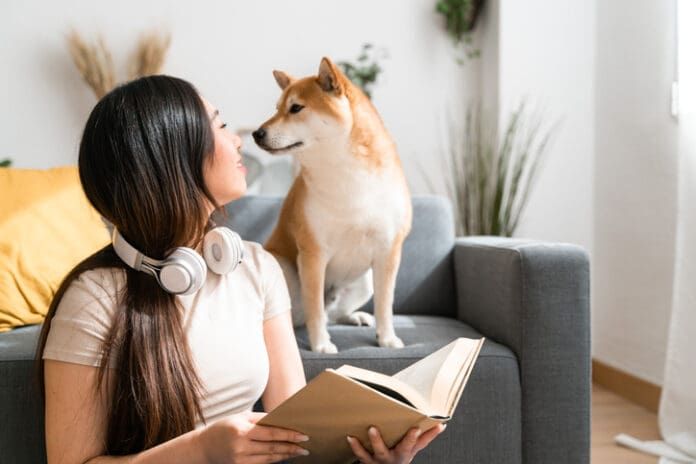In our age of modern medicine, when illnesses are treated in high-tech hospitals with laser surgery and powerful prescription drugs, it is easy to forget that until the 20th century, plants were the medicines that kept people and their companion animals well. In fact, most of the prescription drugs in use today were derived and synthesized from plants, and outside of Canada and the United States, plants remain the world’s primary healing agents.
How do you judge an herb’s quality?
The best dried herbs are fragrant, flavorful, colorful and pungent. They don’t look like shredded hay or smell like cardboard. These plants are dried at low temperature with lively air circulation and stored away from heat, light and humidity, the enemies of all dried herbs. The best herbs for medicinal use are grown organically or wildcrafted from pollution-free sources, then handled with care at every step of their drying and storage. By their look, smell and taste you can recognize these plants – the peppermint is obviously peppermint and the chamomile is obviously chamomile.
Here are simple rules to keep in mind as you evaluate dried herbs. The larger the piece, the longer it lasts. Powdered herbs begin to lose their flavor as soon as they are ground. The more a leaf is exposed to heat, light, the open air and humidity, the faster it loses its healing properties as well as its taste.
This information will help you answer a commonly asked question: “How long can a dried herb be kept before it loses ifs effectiveness?” The answer is, “It depends.” While most herbs should probably be replaced after a year, the most sensible rule is to look, smell, touch and taste. Roots and bark hold their fragrance, color and taste longer than delicate flowers, yet even blossoms and leaves can retain their herbal identity for much longer periods if properly stored.
From long-time Whole Dog Journal contributor CJ Puotinen’s incredible resource, The Encyclopedia of Natural Pet Care, this 500+ page volume is everything you need to know to ensure good health and long life for your dog. You can purchase it right now from Whole Dog Journal.




